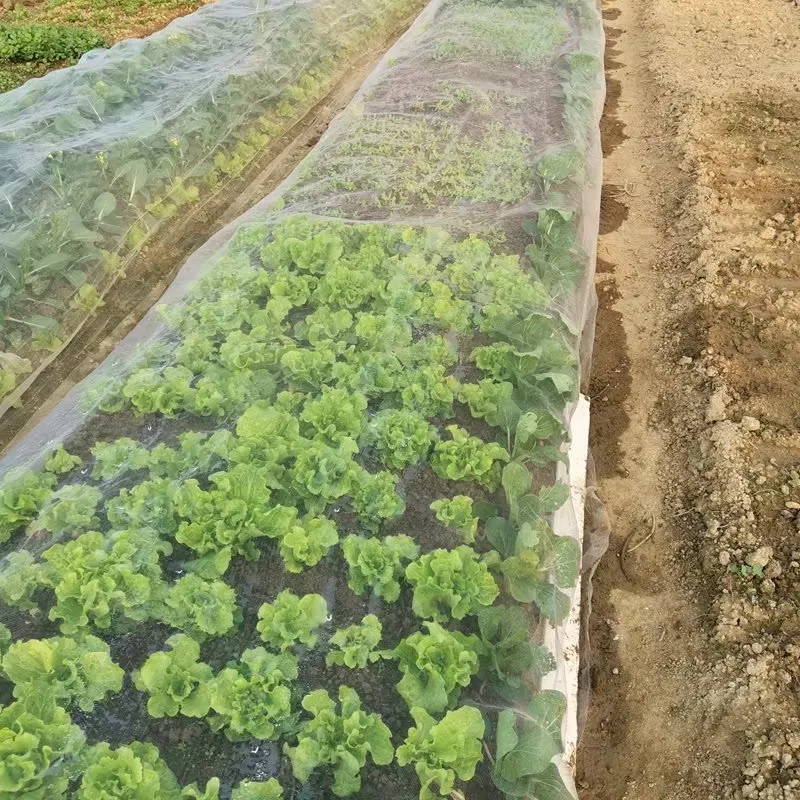-
 Afrikaans
Afrikaans -
 Albanian
Albanian -
 Amharic
Amharic -
 Arabic
Arabic -
 Armenian
Armenian -
 Azerbaijani
Azerbaijani -
 Basque
Basque -
 Belarusian
Belarusian -
 Bengali
Bengali -
 Bosnian
Bosnian -
 Bulgarian
Bulgarian -
 Catalan
Catalan -
 Cebuano
Cebuano -
 China
China -
 Corsican
Corsican -
 Croatian
Croatian -
 Czech
Czech -
 Danish
Danish -
 Dutch
Dutch -
 English
English -
 Esperanto
Esperanto -
 Estonian
Estonian -
 Finnish
Finnish -
 French
French -
 Frisian
Frisian -
 Galician
Galician -
 Georgian
Georgian -
 German
German -
 Greek
Greek -
 Gujarati
Gujarati -
 Haitian Creole
Haitian Creole -
 hausa
hausa -
 hawaiian
hawaiian -
 Hebrew
Hebrew -
 Hindi
Hindi -
 Miao
Miao -
 Hungarian
Hungarian -
 Icelandic
Icelandic -
 igbo
igbo -
 Indonesian
Indonesian -
 irish
irish -
 Italian
Italian -
 Japanese
Japanese -
 Javanese
Javanese -
 Kannada
Kannada -
 kazakh
kazakh -
 Khmer
Khmer -
 Rwandese
Rwandese -
 Korean
Korean -
 Kurdish
Kurdish -
 Kyrgyz
Kyrgyz -
 Lao
Lao -
 Latin
Latin -
 Latvian
Latvian -
 Lithuanian
Lithuanian -
 Luxembourgish
Luxembourgish -
 Macedonian
Macedonian -
 Malgashi
Malgashi -
 Malay
Malay -
 Malayalam
Malayalam -
 Maltese
Maltese -
 Maori
Maori -
 Marathi
Marathi -
 Mongolian
Mongolian -
 Myanmar
Myanmar -
 Nepali
Nepali -
 Norwegian
Norwegian -
 Norwegian
Norwegian -
 Occitan
Occitan -
 Pashto
Pashto -
 Persian
Persian -
 Polish
Polish -
 Portuguese
Portuguese -
 Punjabi
Punjabi -
 Romanian
Romanian -
 Russian
Russian -
 Samoan
Samoan -
 Scottish Gaelic
Scottish Gaelic -
 Serbian
Serbian -
 Sesotho
Sesotho -
 Shona
Shona -
 Sindhi
Sindhi -
 Sinhala
Sinhala -
 Slovak
Slovak -
 Slovenian
Slovenian -
 Somali
Somali -
 Spanish
Spanish -
 Sundanese
Sundanese -
 Swahili
Swahili -
 Swedish
Swedish -
 Tagalog
Tagalog -
 Tajik
Tajik -
 Tamil
Tamil -
 Tatar
Tatar -
 Telugu
Telugu -
 Thai
Thai -
 Turkish
Turkish -
 Turkmen
Turkmen -
 Ukrainian
Ukrainian -
 Urdu
Urdu -
 Uighur
Uighur -
 Uzbek
Uzbek -
 Vietnamese
Vietnamese -
 Welsh
Welsh -
 Bantu
Bantu -
 Yiddish
Yiddish -
 Yoruba
Yoruba -
 Zulu
Zulu
galvanized steel net
The Versatility and Benefits of Galvanized Steel Netting
Galvanized steel netting has emerged as a crucial material across various industries due to its durability, strength, and resistance to corrosion. As cities continue to expand and industries grow, the demand for reliable and sustainable materials has surged. In such a landscape, galvanized steel netting stands out for its remarkable properties and diverse applications.
What is Galvanized Steel Netting?
Galvanized steel netting refers to a mesh of steel wires that have been coated with a layer of zinc to prevent rust and corrosion. The galvanization process involves immersing the steel in molten zinc, creating a robust protective layer. This not only enhances the steel's lifespan but also improves its aesthetic appeal, making it a popular choice for various applications.
Applications in Construction
One of the primary applications of galvanized steel netting is in the construction industry. It is commonly used as reinforcement in concrete structures, improving their tensile strength. Builders utilize this material in flooring, walls, and as protective barriers during construction. Its lightweight yet sturdy nature makes it easy to handle, while its resistance to weather elements ensures long-term performance.
In addition, galvanized steel netting is often used in fencing, providing security for residential, commercial, and agricultural properties. It is capable of withstanding harsh weather conditions, making it an ideal choice for outdoor applications. The visibility that the mesh offers is also beneficial in establishing boundaries without obstructing views.
Agricultural Uses
galvanized steel net

In agriculture, galvanized steel netting is invaluable. It is utilized for protecting crops from pests and animals, serving as a deterrent against potential damage. The mesh design allows for airflow and sunlight, promoting healthy growth while keeping unwanted intruders at bay. Furthermore, it can be fashioned into trellises to support climbing plants, illustrating its adaptability to various farming needs.
Environmental Benefits
In an era where sustainability is paramount, galvanized steel netting aligns with eco-friendly practices. The galvanization process significantly enhances the material's lifespan, leading to reduced waste and the need for frequent replacements. Additionally, steel is 100% recyclable, contributing to a circular economy. Utilizing galvanized netting can thus be seen as an environmentally responsible choice for both consumers and industries.
Maintenance and Longevity
One of the standout features of galvanized steel netting is its low maintenance requirement. The zinc coating acts as a barrier against moisture and elements that would typically lead to rust and degradation. This means that, once installed, galvanized steel netting can remain functional and visually appealing for years with minimal upkeep.
However, it is essential to note that while galvanized steel is highly resistant to rust, it is not entirely impervious. Areas that may come into direct contact with moisture or corrosive substances should be monitored, and any signs of wear should be addressed promptly to ensure the netting remains in optimal condition.
Conclusion
Galvanized steel netting showcases the ideals of durability, versatility, and environmental sustainability. From construction to agriculture, it serves a myriad of purposes while offering robust protection and support. As industries seek to implement long-lasting solutions, the role of galvanized steel netting will undoubtedly continue to grow. Embracing such materials not only addresses immediate needs but also contributes to a more sustainable future, making galvanized steel netting a wise choice for anyone looking to invest in quality and reliability.
-
Shipping Plastic Bags for Every NeedNewsJul.24,2025
-
Safety Netting: Your Shield in ConstructionNewsJul.24,2025
-
Plastic Mesh Netting for Everyday UseNewsJul.24,2025
-
Nylon Netting for Every UseNewsJul.24,2025
-
Mesh Breeder Box for Fish TanksNewsJul.24,2025
-
Expanded Steel Mesh Offers Durable VersatilityNewsJul.24,2025











